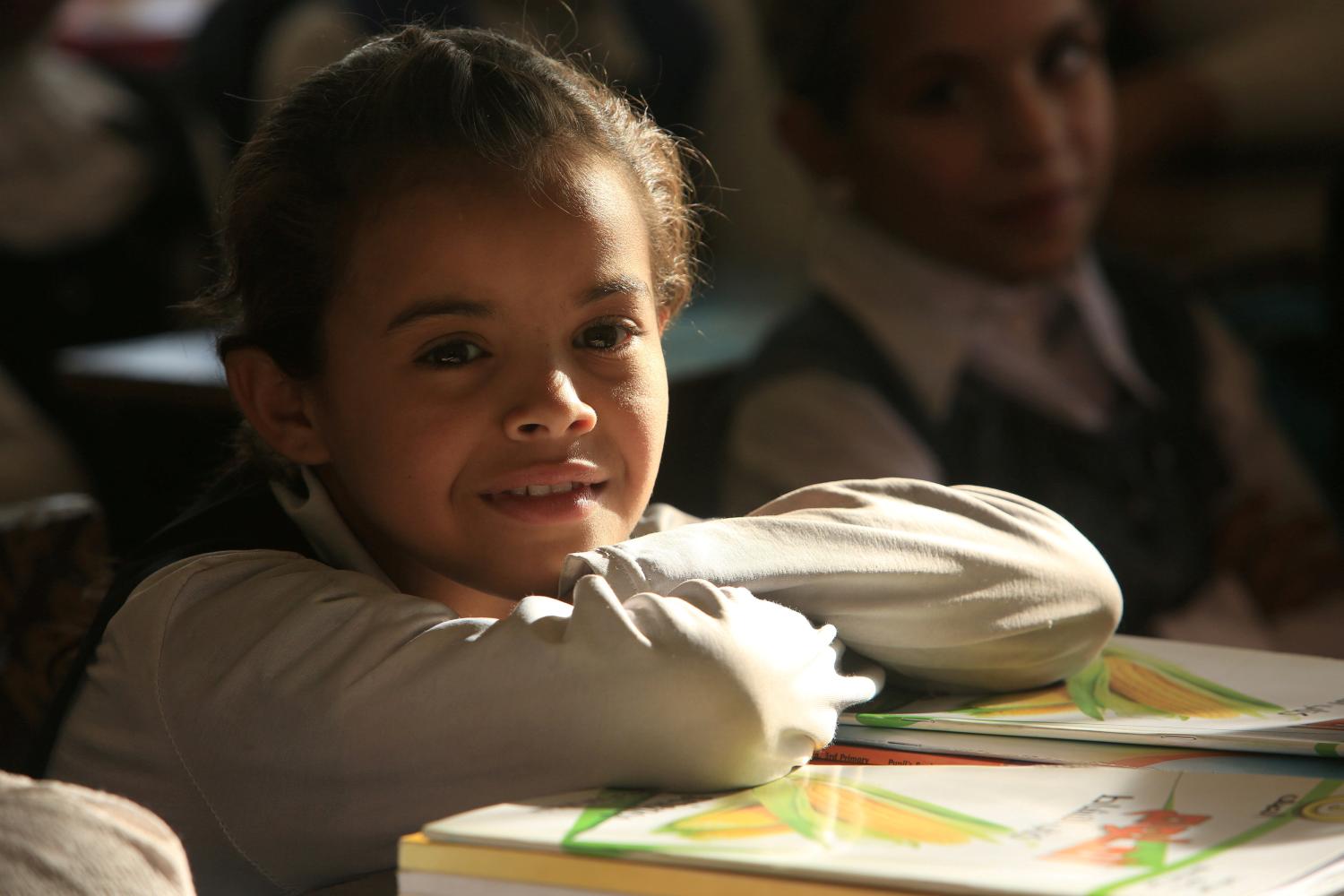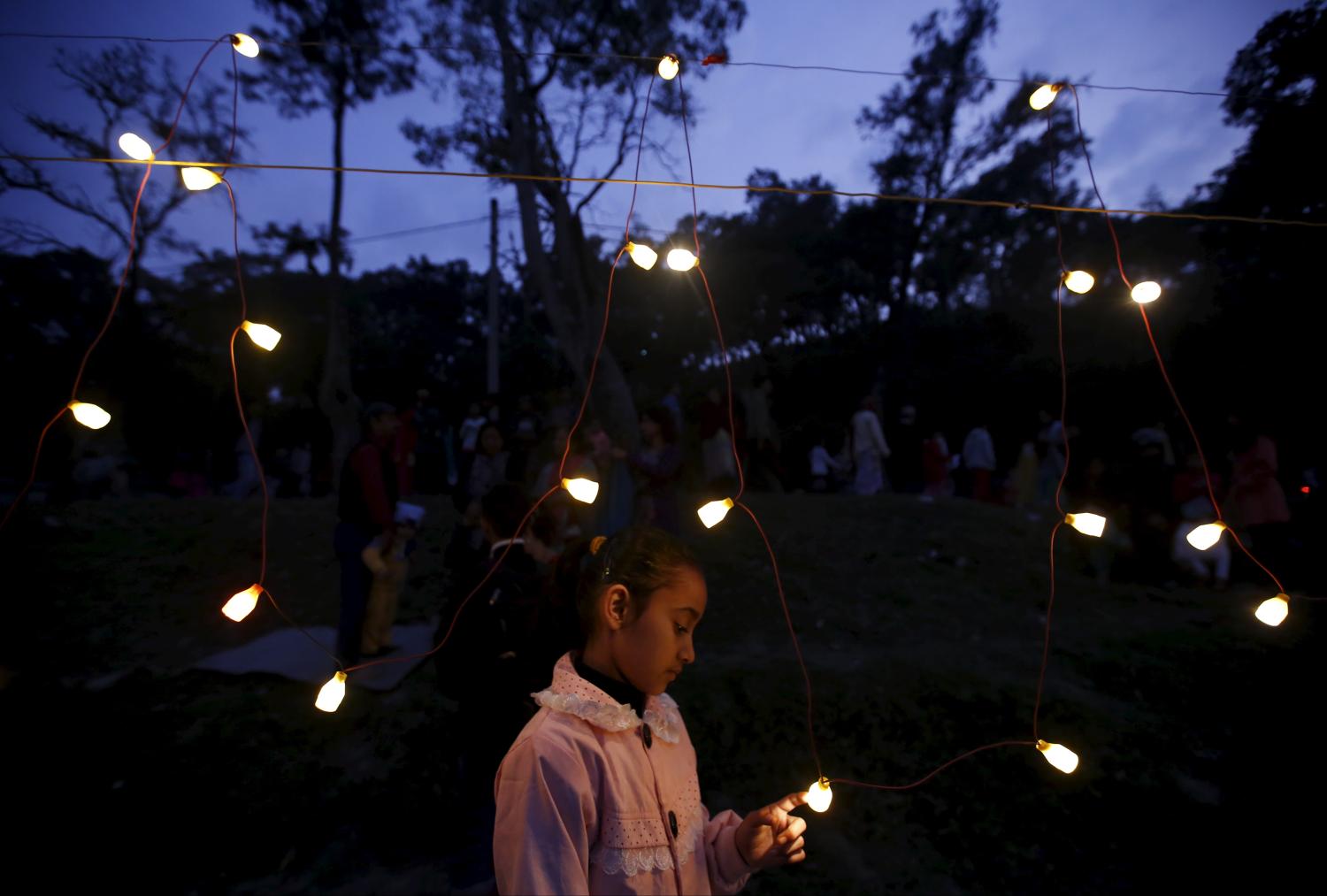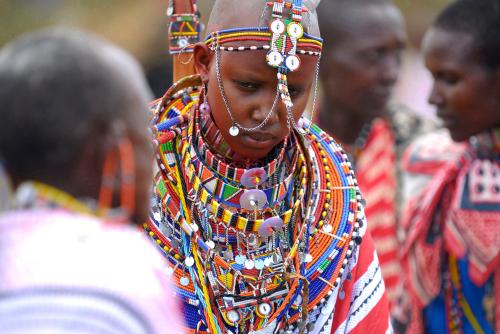This is one in a series of blog posts introducing the Center for Universal Education’s 2017 Echidna Global Scholars.
Although major strides are being made worldwide to reduce the gender gap in education, there continue to be significant barriers to girls’ education and empowerment—particularly for adolescent girls. In India, a country where dominant patriarchal norms continue to persist, the birth of a girl is still a cause for mourning. India has a long way to go to ensure that every girl has the opportunity to complete secondary school. Fortunately, simple interventions, like the humble bicycle, which can promote accessibility to distant schools, and providing life skills education can increase school retention rates, improve learning outcomes, and reduce early marriages.
Despite the many efforts made by the Indian government and nonprofits, the high drop-out rate of girls, particularly in rural areas, leads to 47 percent of girls getting married before the legal age of 18, and 20 percent before their 15th year. In addition to child marriages, some of the major barriers to educational attainment for adolescent girls are a lack of access to secondary schools in rural areas and social mind sets among parents that do not value the importance of educating daughters as compared to sons.
Ashta No Kai, the nonprofit I founded in 1998 in 10 villages near Pune, India, aims to empower and educate rural women and girls. In the belief that the educated girl of today is the empowered woman of tomorrow, ANK has introduced several interventions including a Bicycle Bank and Kishori Mandals; a weekly life-skills program for adolescent girls in the rural communities in which it works. In the early years of Ashta No Kai’s founding, the dropout rate of adolescent girls from secondary school and their consequent early marriage rate was high. Many of the girls lived four to seven kilometers away from the nearest high school, which often prevented them from continuing their education beyond the seventh grade. Village parents, fearful for their daughters’ safety and skeptical of the benefits of educating them, tended to marry them off soon after they reached puberty. This led to the launch of the Bicycle Bank in 2001, an initiative that, to date, has enabled more than a thousand rural girls to travel to secondary schools in distant villages.
Bicycles have proven to be wheels of change and evidence suggests they can successfully boost rural girls’ enrollment in secondary school. In the Ashta No Kai project, for example, bicycles have facilitated access to schools, reduced travel time, and provided enhanced security as girls travel together in small groups. This has produced the following results:
- An increase in rural girls who successfully passed the official 10th grade school leaving exam.
- Higher aspirational levels of girls to pursue higher education, prompting Ashta No Kai to initiate a Scholarship program.
- Enabled more than 1100 girls to pursue careers in various professions such as pharmacy, dentistry, information technology, and engineering.
Ashta No Kai’s other main initiative, Kishori Mandals, instill values of gender equality by providing the life skills girls need to help shape their growth into adulthood. Specifically, Kishori Mandals focus on critical topics such as sexuality, health, legal rights, and adolescent issues. Moreover, they strive to enhance awareness of social issues such as the importance of girls’ education, and the negative effects of dowry and early marriages. Moreover, Kishori Mandals promote adolescent girls’ negotiation and decisionmaking skills by encouraging them to find their voice and exchange views and experiences on gender issues and socially taboo subjects.
Both the Bicycle Bank and the Kishori Mandals are bringing dramatic change in villagers’ attitudes towards girls’ education. These interventions have become catalysts in nurturing a first generation of female learners in rural areas of Maharashtra. Since the 1000th bicycle was donated, village parents, realizing the value of educating their daughters, now buy the bicycles for their daughters themselves.
As an Echidna Scholar, I will be examining the impact of Ashta No Kai’s interventions in promoting the educational outcomes of adolescent girls and arresting the rate of early marriages. I intend to also assess whether there has been any change in perceptions in our rural communities of marriage practices and the importance of girls’ education. Such a study will help to shed greater light on a serious social problem, perhaps illuminating how simple, low-tech, cost-effective community-level interventions such as a Bicycle Bank and life-skills education could have a much greater impact on promoting girls’ education than policy-level approaches. Susan B. Anthony, a women’s rights activist, who believed that “the bicycle has done more to emancipate women than anything else in the world” might possibly agree.

Header photo credit: Deb Clearwater/Embraced Photography
The Brookings Institution is committed to quality, independence, and impact.
We are supported by a diverse array of funders. In line with our values and policies, each Brookings publication represents the sole views of its author(s).








Commentary
Cycling to success: A road to empowerment for rural girls in India
July 27, 2017